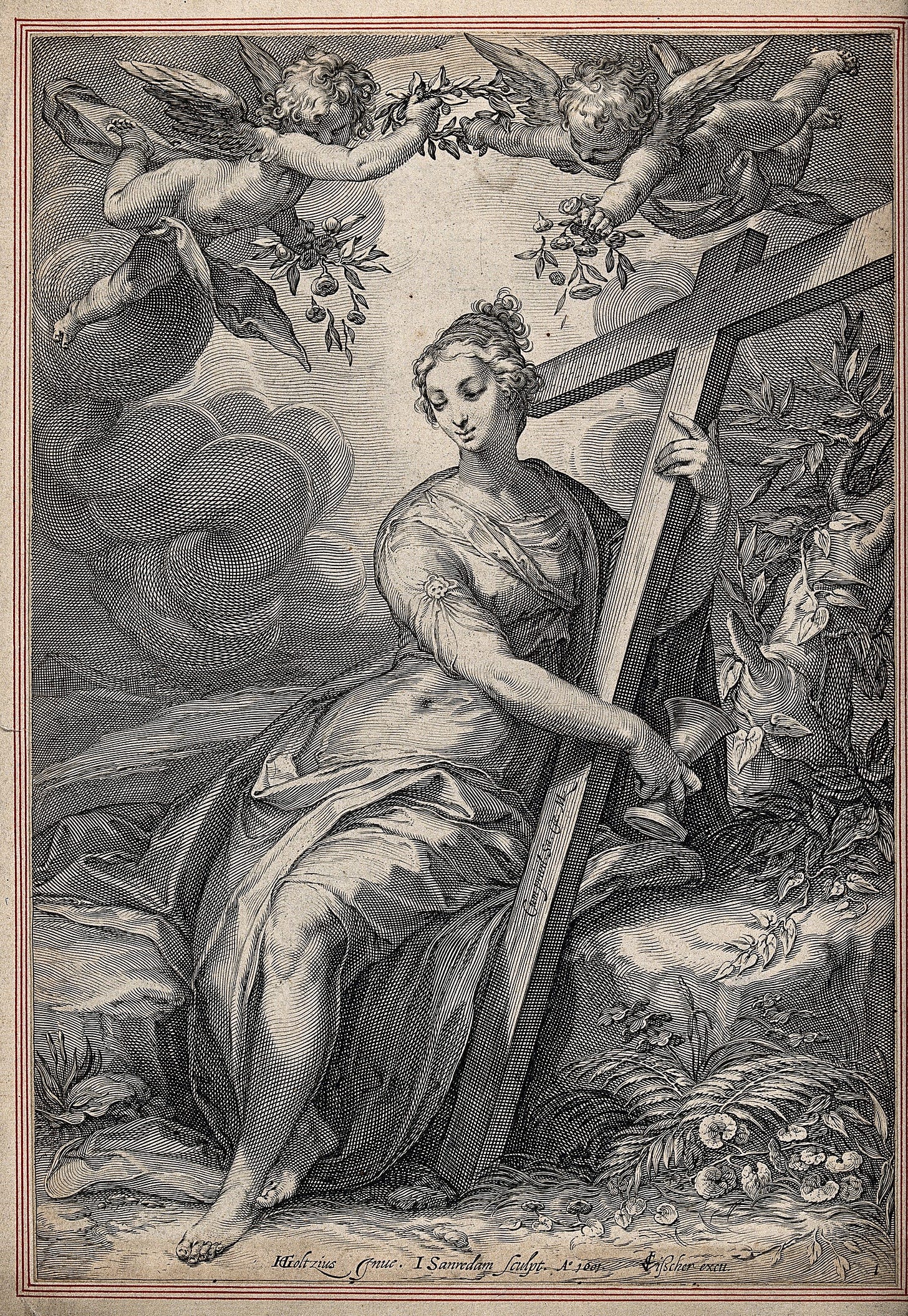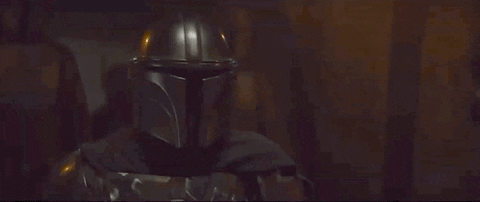Welcome to a fun one. Today I am going to attempt to give us a brand new imagination for what it means to be a man. Small task, so this will naturally be an easy and short read.
Changing Shapes
Two weeks ago, I used ancient texts to describe what we all experience in human society: a pyramid. A few people (re: men) live ‘better’ because the rest of us support them. In that article, I specifically targeted the separation between masculine (apex) and feminine (foundation). I discussed how even though men hold the apex, they often get locked out of being in that apex half of the pyramid. Today, I propose a new shape for us – the spinning top (like the toy or dreidel, and henceforth just ‘top’).
Consider the shape of a top. One of the first things about it is that it usually has the shape of a pyramid within it. Thus, when we shift from a pyramid to a top, we don’t discard everything, or perhaps even anything, we already know. Instead, we expand our knowledge and view it from a different angle.
A pyramid is viewed either from its foundation or apex. A top is viewed from its axis. That is not to say that a pyramid has no axis, but it does not spin about its axis. It is static and thus dead. So, the axis of a top is interesting as a conceptual metaphor because we can use the line created between two points (the axis) to view or explore metaphorical dynamisms and dualities.
An example of the poles
For example, let’s use masculine and feminine as the two poles. In our pyramid model, barriers forced us to be one or the other. Duality with barriers, when viewed as an axis, creates an hourglass instead of a top. Instead, the top’s weight or mass exists not at the poles but in the middle. Instead, like a person, the top exists as a mixture of two ideas (like masculine and feminine) in the middle. In the case of masculine and feminine, we exist in the between space as both the majority of the time. If you remember men’s exclusions surrounding the masculine and feminine from a few weeks ago, the top becomes a liberating idea. When each pole exerts the correct amount of force, we exist in the lifegiving fullness of the middle. No barriers exist there, and we can be ourselves.
But this world is not without misfortune or forces that knock us off our axis. It is in these hopefully rare moments that we can exist at either pole. We can embrace the side of life (historically feminine) or death (historically masculine) as needed. But consider the actions happening at either end of the pole. That is where the top spins. Existing at either end of the pole for too long drains and grinds us down. When we are ground down for too long, we return once more to the pyramid.
So, we must imagine a balanced top to spin from either pole. Sometimes we need to rely on one end so the other can rest and then return. Perhaps men find it easier to spin on the masculine end more often than women, who might spin on the feminine. And maybe those who identify as LGBTQ+ are born feeling the need to spin on the other end or some different mixture in the middle. For those of you who are LGBTQ+, I speak not for your experience because I am simply a straight white male. I would hope you fill in the blank and find a spark of imagination in this model.
Expanding beyond the person
Perhaps you imagine the top metaphor expands to society. Imagine the rich and poor at opposite poles. Often, we see the rich grinding down the poor. However, in this model, we aim for a balanced top, which means we need to consider a society where the poor can tax the rich, ensuring a healthy middle. This is necessary because we require both poles. But the society of the top gives rest to both sides. When we can flip the axis and still spin the top, we have a healthy middle without avoiding or grinding away a necessary part of our society or self.
Now, consider the gravity of an axis, like a black hole. Are we not pulled to one pole of an axis, which only leads to our destruction under the significant burden of a wholly polar life? Can we not see such destruction in the American politic? The wholly Democrat or wholly MAGA republican both fail their constituents. Instead of a pyramid of power in which one side must dominate, we need a top to dance with and then flip over to give the other side a rest. Then it becomes a balanced society, not full of either/or, but both/and. It is similar to the person who balances masculine and feminine. The shift in society is not the maintenance of power flowing upward, but the ability to pick up the top and spin it again and again. We build, educate, and create a society that seeks to play again rather than win today.
Dance and Play
And it is in the middle of the top that we dance, play, and live. We discover the rhythm that makes us alive. We connect with those around us and ourselves at the pace we spin around the axis. The pace changes as we close to the axis. Being unashamed of ourselves in our society, being accepted for who we are, and being accepted in relationships—what else is there?
Consider CEOs. They commonly teach us that they would trade all their wealth for a good relationship with their family. We see time and again that the people at the apex of the pyramid are miserable. But so are those at the foundation. Why does the single mother work three jobs? To feed her children so that they may have a good relationship. Both overwork to find that if they just met in the middle, both could live full lives. The CEO expending his wealth to lift many mothers recognizes a relationship exists even if they never meet. So, it affords them a dance with the people that mean the most to them. Can we be more alive than dancing, singing, cooking, playing, teaching, listening, and resting with our family? Thousands of years of wisdom teach us “this is the way.”
Fatherhood
So, I start with the slightest possible change to the world, but perhaps the most impactful, Fathers. Fathers, by embracing the top metaphor, may learn to balance the masculine and feminine aspects to be with the people who matter most, their family. Is any family a perfectly balanced top? Absolutely, not! But life is not about perfection, but movement. A perfect thing is still, dead, or immortal. We don’t want to be perfect. We want to be alive, which means imperfections are the times we topple. So, we pick up and spin it on the other side this year, month, day, hour… minute?
Practically speaking, the axis of your top is most often your faith. How is it spinning? Has your faith ground away the round edges into sharp corners? Can you spin it on the other side? Do you need a new metaphor? Perhaps you need something more practical, like guidance on how to proceed.
Well, tune in next week to get started on a new directive on some ways to spin a different summer. Each week, I'll offer one insight and action from the stay-at-home dad perspective for you to try with your family. Let me know how it goes.
Now, some of my readers like the long version of how I got here, and some of the dynamics of the top metaphor. If you want to read a single section, I suggest going for the Fireman section. It represents a semester's worth of a class in about 500 words. For those who need more, I invite you to continue reading about how I reached the top metaphor. For everyone else, see you next week.
How we got here
Harder to be a man?
Fortunately, I have already laid some groundwork over the past two articles. The deeply personal problem is the profound loneliness that men feel. While I originally thought my situation might be unique to me as a stay-at-home dad, or a personal outside of the traditional norms, it is not. Almost all men are lonely. This led to this profound and short essay by Celeste Davis that argued how men are in many ways in a worse state than women, despite holding the power in a patriarchal system.
Don’t skip over that. A feminist thinks that it is harder to be a man than a woman due to the way our society is set up.
Her essay sparked my review of some of our oldest historical documents, and I found that the same patterns are repeated repeatedly. It comes down to the roles that primal humans took on; men were protectors by dealing death to predators or eventually raiders. Women, able to give birth, became nurturers of life.
The initial takeaway should be that this has been ingrained into our society for thousands of years. So, to change, we must go against the grain and imagine a new path forward. Fundamental to this point is the question: can men be nurturers or life givers rather than or maybe even alongside death dealers? We know the inverse is true. Women can and have killed men and still been mothers. However, as Celeste Davis points out, men are not traditionally allowed to do both.
So, we need a new way to view the world from an either/or to a both/and.
Epicurus
That’s where Epicurus comes in. His view that the world comprises atoms and void gives us the grounds to shift our understanding.
These grounds are both material and metaphorical. If you read it back into history, you can easily see how men are viewed as atoms (penis) and women the void (vagina). Epicurus argues that both, atoms and void, are a part of the smallest substances. So man and woman would be both atom and void.
Epicurus also gives us some steady empirical ground on which to build. Our 21st-century science confirms that the world is made of atoms and void. So we aren’t just making things up and hoping for a better outcome. Rather, we are building something we can materially observe, allowing both men and women their constitution. Instead of closing ourselves off to one or the other, we, men mostly, must learn how to embrace the parts of us that nurture life.
So with these ideas in mind, how do we proceed forward?
How to take the next steps

Firemen
First, we must recognize the validity of our tools. Back in 2020 (that was quite the hellish year), I studied lament. Lament is often misconstrued as mourning or sadness. Lament is something far more powerful. It is the realization that what got you to the present might not get you to the next step. Mourning is part of that, but lament starts us on the path past mourning too.
The best illustration comes from firefighters in the western United States. These brave souls are dropped into the inferno and told to fight the primal force of a wild fire. They carry a variety of tools with them that are incredibly useful to firefighters' survival—shovels, axes, retardant, gloves, masks, and oxygen are just some of the tools. But guess what—those tools are heavy. And even the most experienced fighters sometimes lose to the fire. When they fail, the data shows that these heroic figures are significantly better off when they drop their tools and run.

Now think about that axe that the fireman carries, and has carried in a dozen fires. That axe has most likely saved his life. The axe is why he is still here to fight the fire, but if he doesn’t drop it and run, the fire will kill him. It is highly unintuitive and against our nature, but it is true. You and I run faster and longer when carrying less weight.
Likewise, the tools of masculinity and patriarchy have gotten us a long way. It has also ruined humanity at times, but we are present today because men cared enough to exert their will upon the world profoundly and remarkably. Yet, they are killing us now. Does that mean we don’t take an axe into the subsequent fire? No. But we have to reimagine its purpose.
The lament recognizes that we are leaving something we care deeply about, something that has saved our lives, but we need to have the bravery to take the next step. But the question that might be burning in your mind is how?
How do we leave thousands of years of society behind?
Training
Training is the obvious answer. Firefighters receive training to overcome the instinct to hold onto that tool. So, we need on-the-ground training. Guess what. The internet exists. Some dads are already doing better. I like to think I am one of them, but I am happy to share about the fathers who paved the way for me. So again, stick around next week and subscribe to get updates and incredibly practical tips on how I have succeeded and failed.
The axis or aim
After learning how to drop or pick up tools, we need to think not about what we are running from but toward. Our top metaphor comes back into play because what we are often running toward is our faith or our axis.
Consider the top again. The axis must be defined for us to rotate about it. Otherwise, we rotate about anything with gravity to pull our attention. Perhaps a deeper problem in our modern context, where attention is monetized at scale. Regardless, our faith is the actual axis that we will return to. Do you believe in hard work? Do you believe in the teachings of the Buddha? Do you follow the Stoics or the Skeptics? The Atheists or Islam?

So we need to examine how our faith frames the world for us. Does it push us into a pyramid-like structure, like many Christians profess? Then we should look into how we might need to change our faith or change our perspective on our faith so that we may achieve a top-like system. Let’s look at an example on the masculine/feminine pole to help us see what we can do.
Jesus of Nazareth
One of Paul’s great theological works was to tear down any barriers to following Christ. We can find evidence of this in a passage like Galatians 3 (specifically verse 28). However, this created a problem for the early church. How do you define what is and isn’t a Christian? I suspect the author of the Gospel according to John took on this exact challenge by wrapping together Jesus’s Jewishness with a Greek philosophical conversation. While wrapping these together, he created a distinction from both groups and set Jesus up as the standard or way of life. The author begins his Gospel account by referencing the Greek philosophical ties to logos and how it represents the true way of life.
When you read the Gospel of John this way, you get the idea of interacting with the freedom of Pauline theology while still giving people a way to decide if they are followers of Christ. There are no barriers to Christ, but a choice on whether you want to get sucked into his orbit or not.
Masculinity in Jesus
Now, if Christ has already been set up as an axis, how does that help me balance the masculine and feminine? The first is the most obvious. Jesus was a man and used the many privileges that being a man afforded him. His entire ministry is predicated on being a man with the ability and freedom to operate in the world. Few disagree that Jesus existed, and even fewer disagree that he was a man.
Jesus’s manhood has often caused the church to veer into pyramidal patriarchy, but we also know that many of his earliest followers were women. Lydia, for example, was the first Christian in Europe. So we need to recover Jesus’s femininity to understand how he balanced the axis within himself.
Jesus’s femininity
There are many longer and better books than this short explanation. A quick Google search will suggest a few, but I will give you three things about Jesus that point to his femininity.
Matthew 23:37—Here, Jesus uses feminine language to describe Jerusalem. Matthew is considered one of the more historically accurate accounts of Jesus's life, and his use of this language opens the door for his followers likewise to embrace feminine aspects. You can also consider Jesus’s posture in John 13 during the last supper.
Prophetic Fulfillment—Isaiah describes the Messiah using feminine language at least three times: 42:14, 66:12-13, and 49:15. If Jesus is to fulfill the prophecies about him, he must embrace a feminine side to himself. Remember, men aren’t allowed to do that today without reproach. It was downright revolutionary in his time.
The Holy Spirit—The Holy Spirit is almost always described as feminine. If Jesus had access to the Holy Spirit without measure (as many argue), then he had full access to the female part of the Trinity. Thus, whenever Jesus does anything miraculous or by the power of the Spirit, it is not by male power but female power. To put it uncomfortably for many, if Jesus is fully man and fully divine, then his divine part is most often expressed as female. That makes sense when we re-examine Jesus through a historical lens. Jesus is always using his miraculous powers to bring life instead of dealing death. The Holy Spirit is also tied to the concept of wisdom (a female term in both Greek and Hebrew). So when Jesus acts by the power of wisdom, he acts with femininity.
Return to the axis of the top
So, I hope you see how faith can guide you in accessing both the masculine and feminine. For me, Jesus accessed both. As his follower, I try to access both and encourage others to do the same. Jesus, as one of the great teachers of human wisdom, can apply this type of thinking in many situations. The axis isn’t solely about masculine or feminine, but how it shapes your whole life with its gravity.
What I want you to do is examine your faith. Or reach out and let me help you. Consider the shape of your top. Does it give you rest? Does it bring you joy and life? The great wisdom traditions of the world offer answers to these. I have thrown my lot in with Jesus because I believe he is the best path for life. Through that belief, I act in accordance with the best teachings of Jesus I can. Fortunately, Jesus’s teachings include repentance and grace for when I stumble or the top falls. Does your faith offer you the same comfort?
Next week
That’s how I arrived at the top metaphor. It might work, or it may not. Right now, the metaphor works for me.
You may be looking for something more practical, and next week we will kick off a summer of useful tips. Instead of going for dozens, I will give you one each week. That makes it doable for me over the summer and gives you time to digest and implement each for your life.
The goal of the summer is to help you be famous at home. It may take all summer, but what better time than when the kids are off school to try something out when they are less stressed?
See you next week
In Faithful Fatherhood
Jacob Pannell


















Share this post